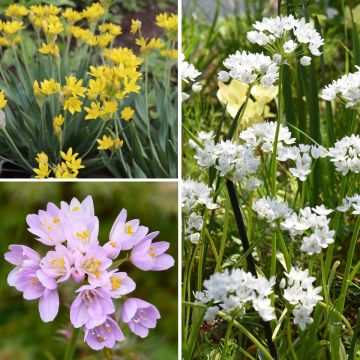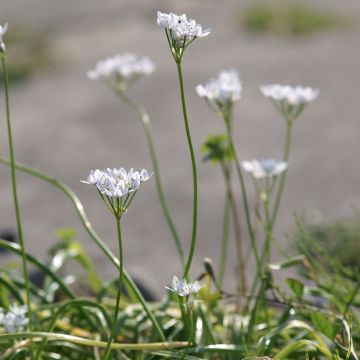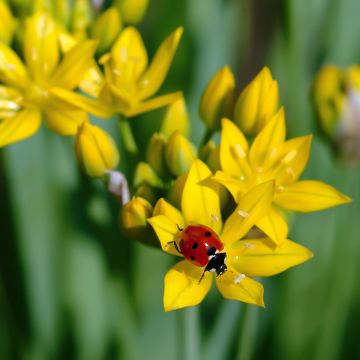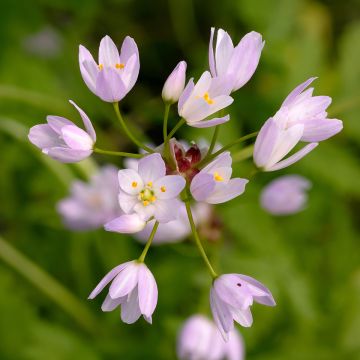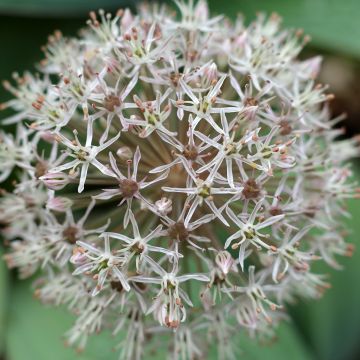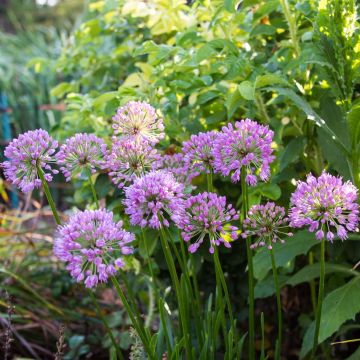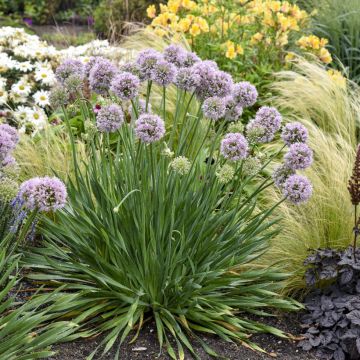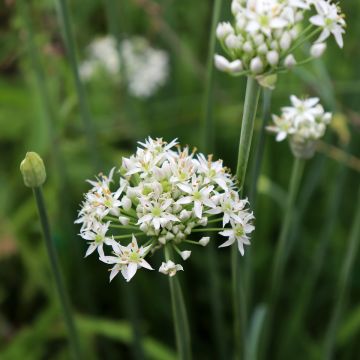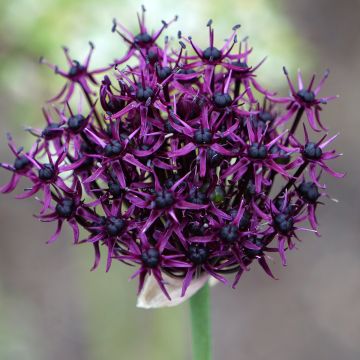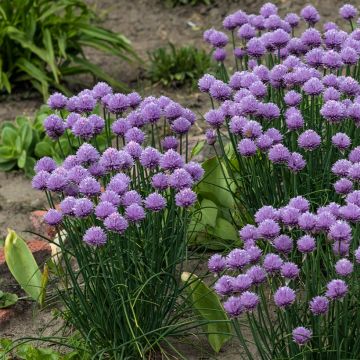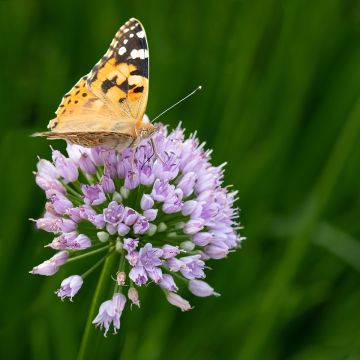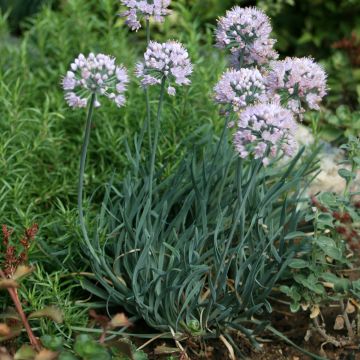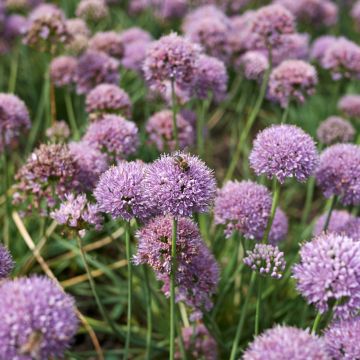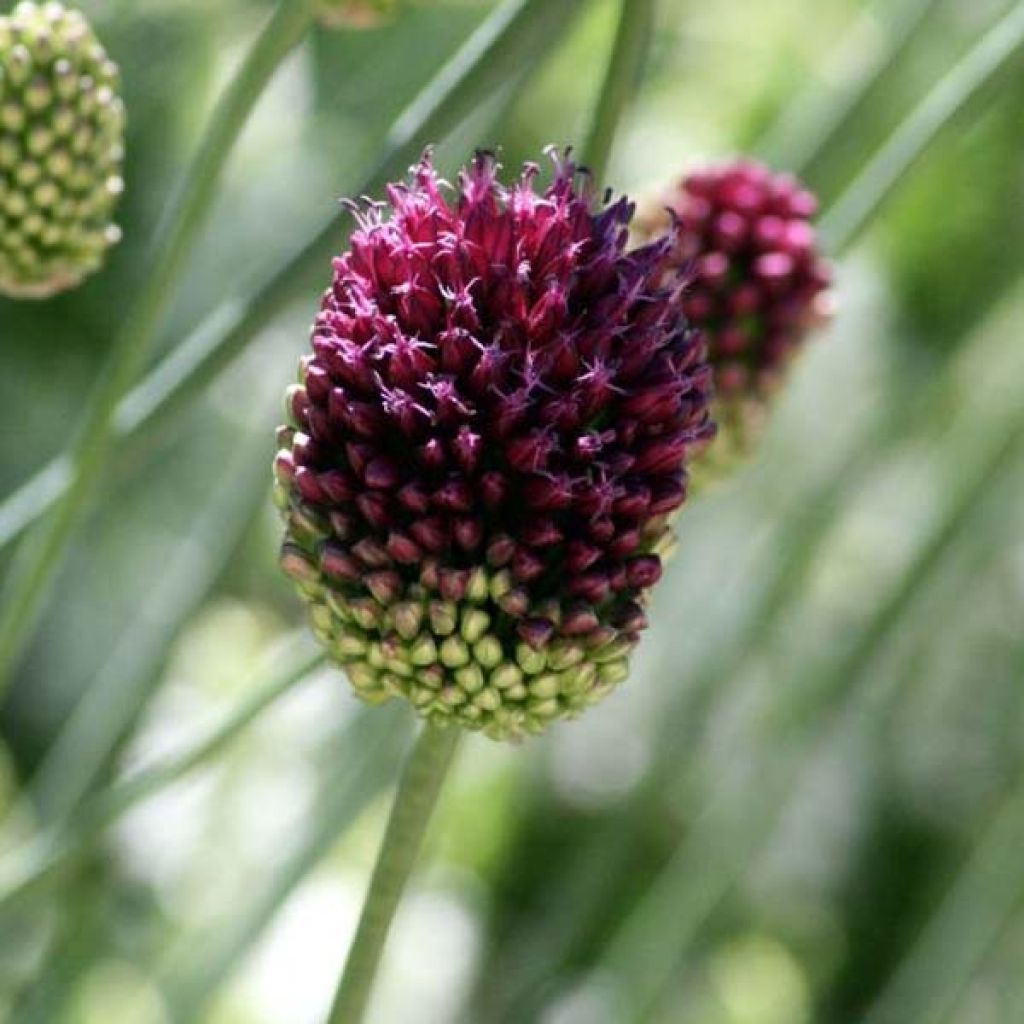

Allium sphaerocephalon
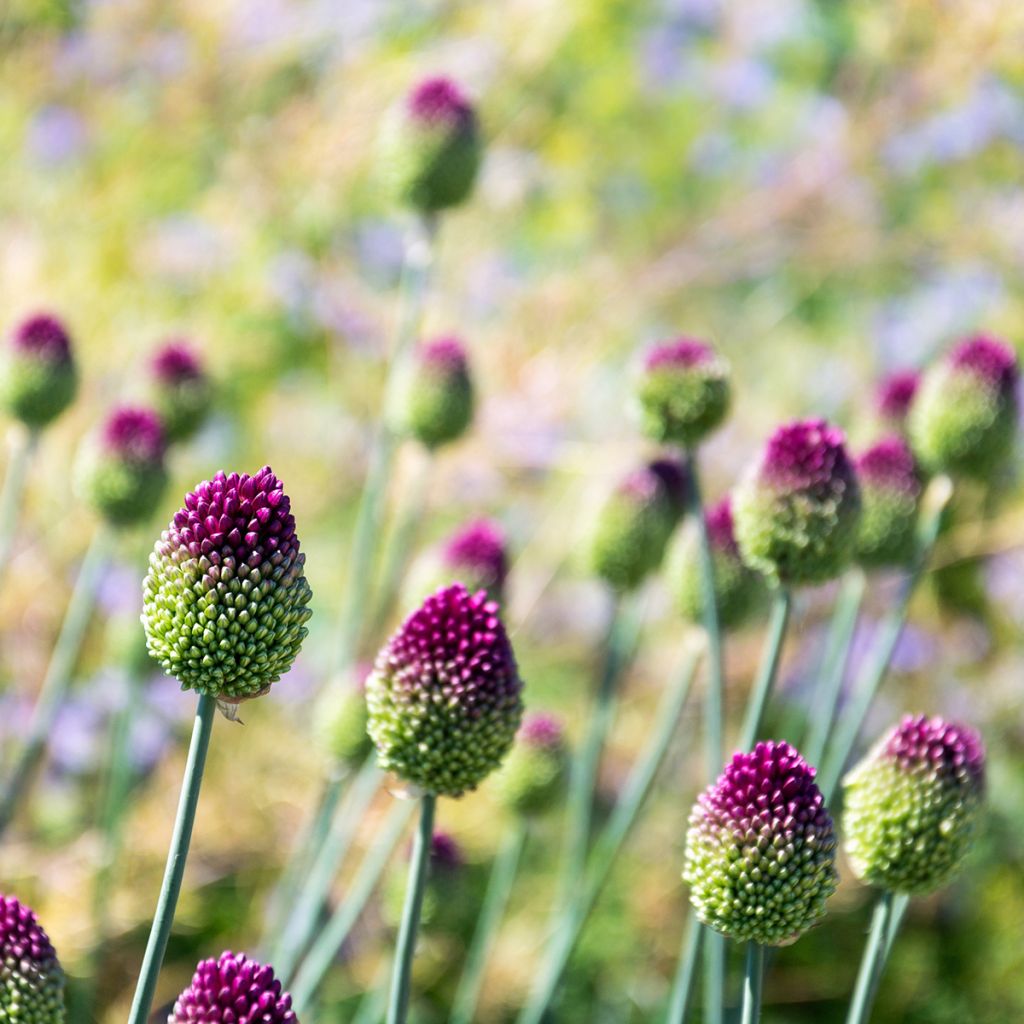

Allium sphaerocephalon
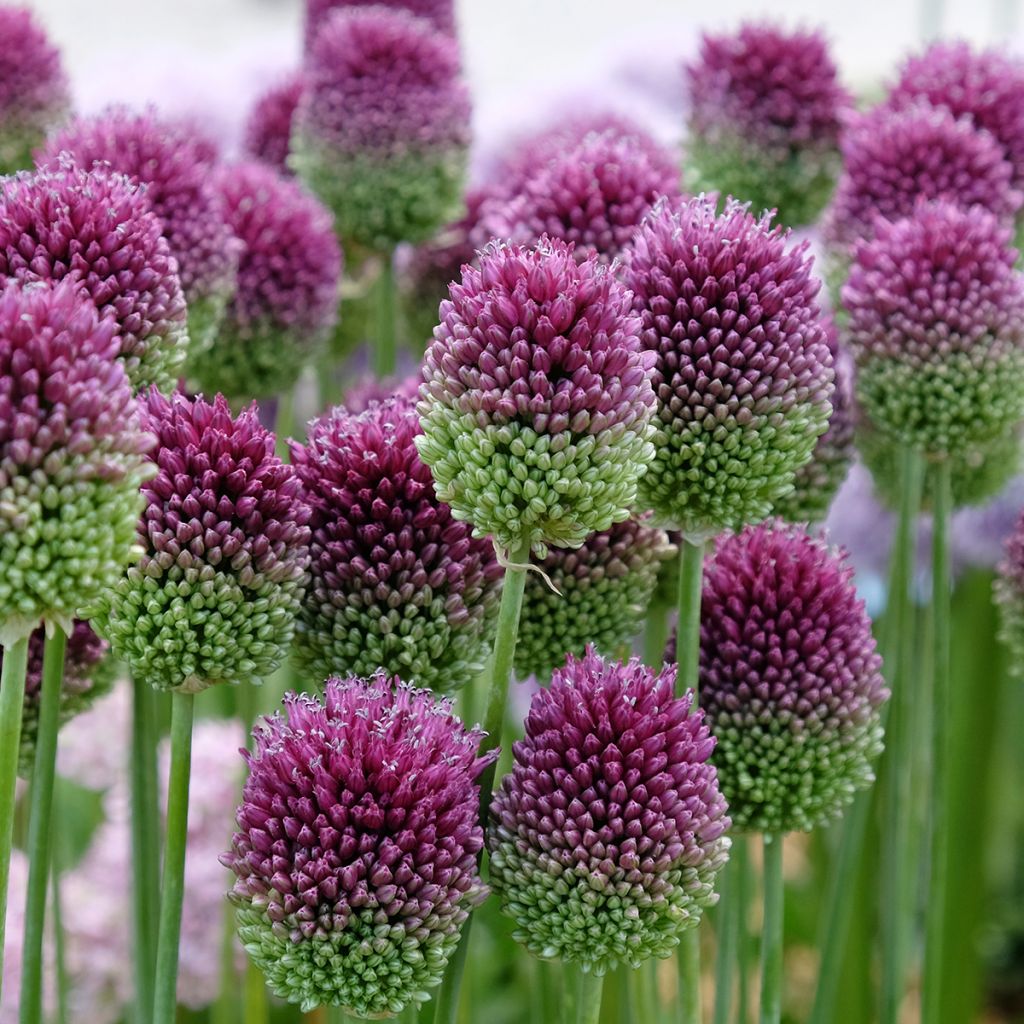

Allium sphaerocephalon
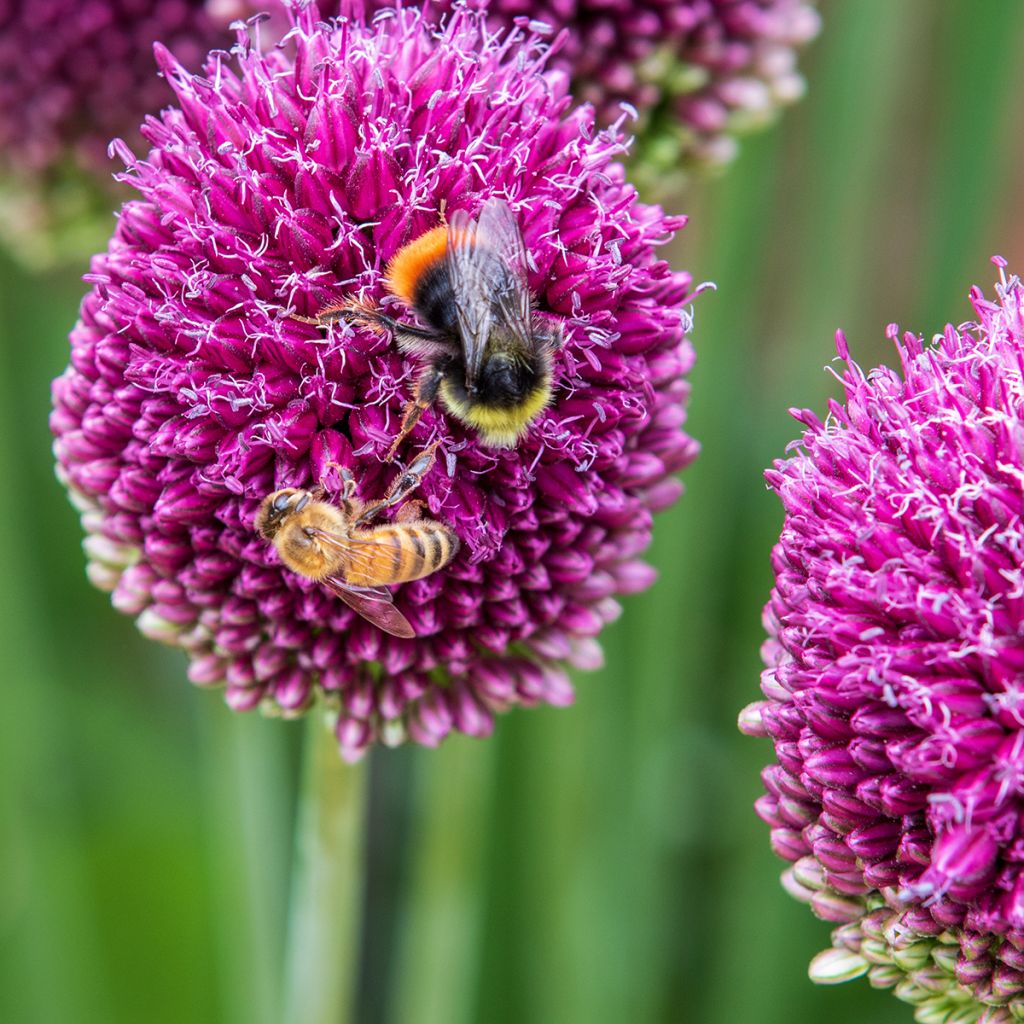

Allium sphaerocephalon
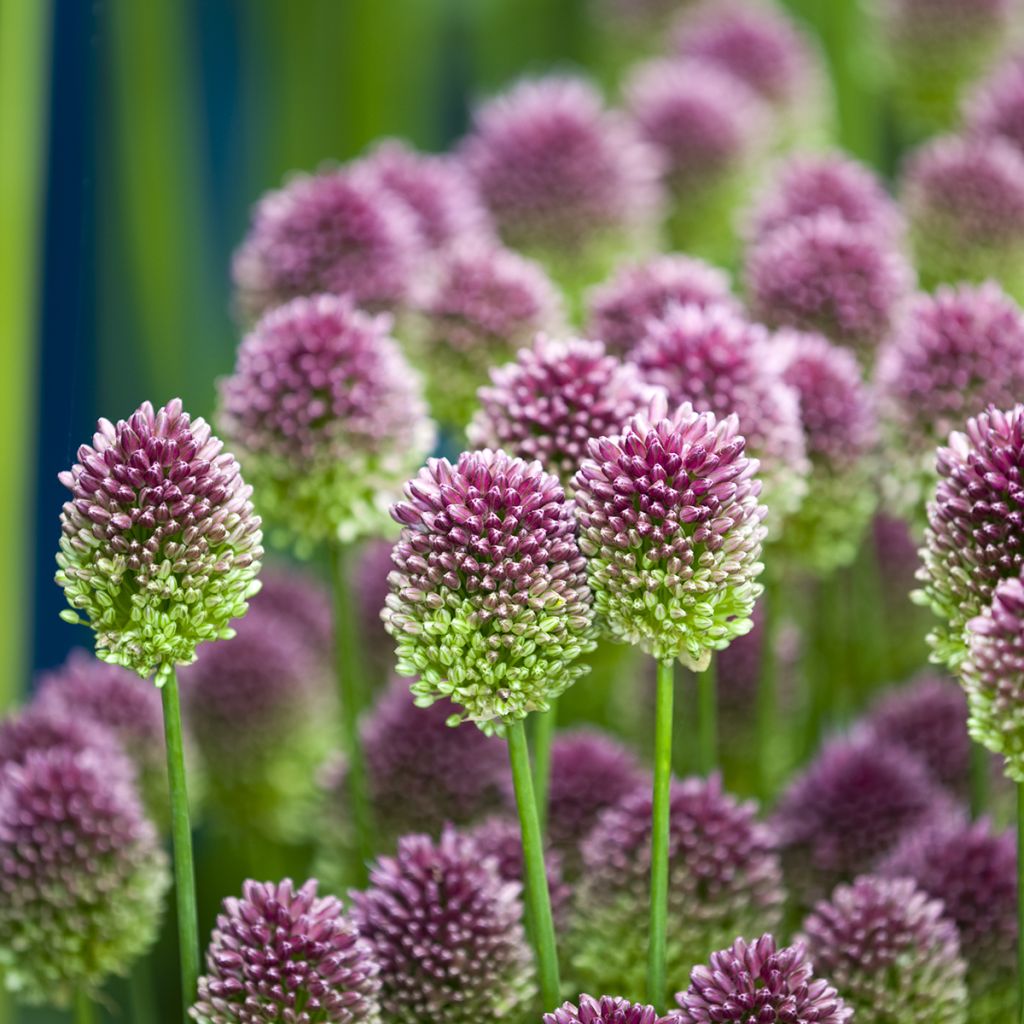

Allium sphaerocephalon
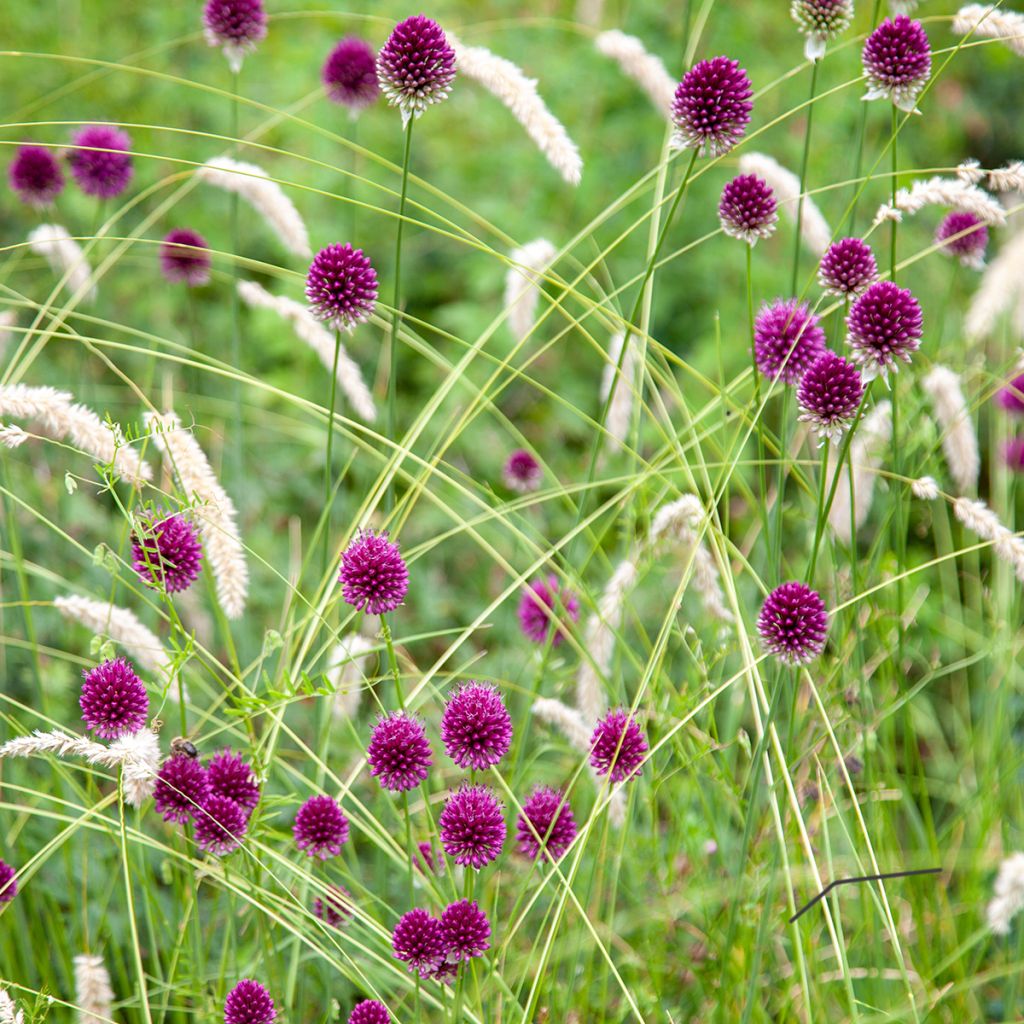

Allium sphaerocephalon
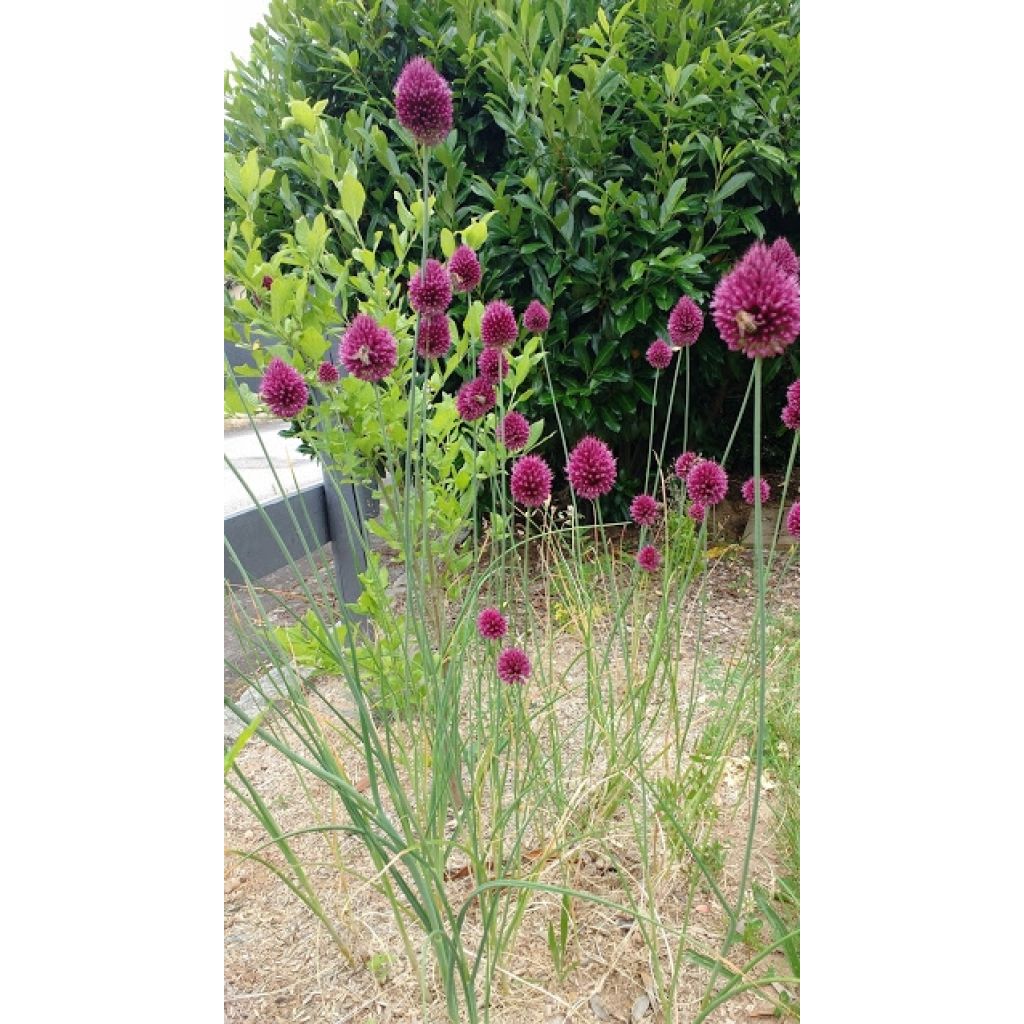

Allium sphaerocephalon
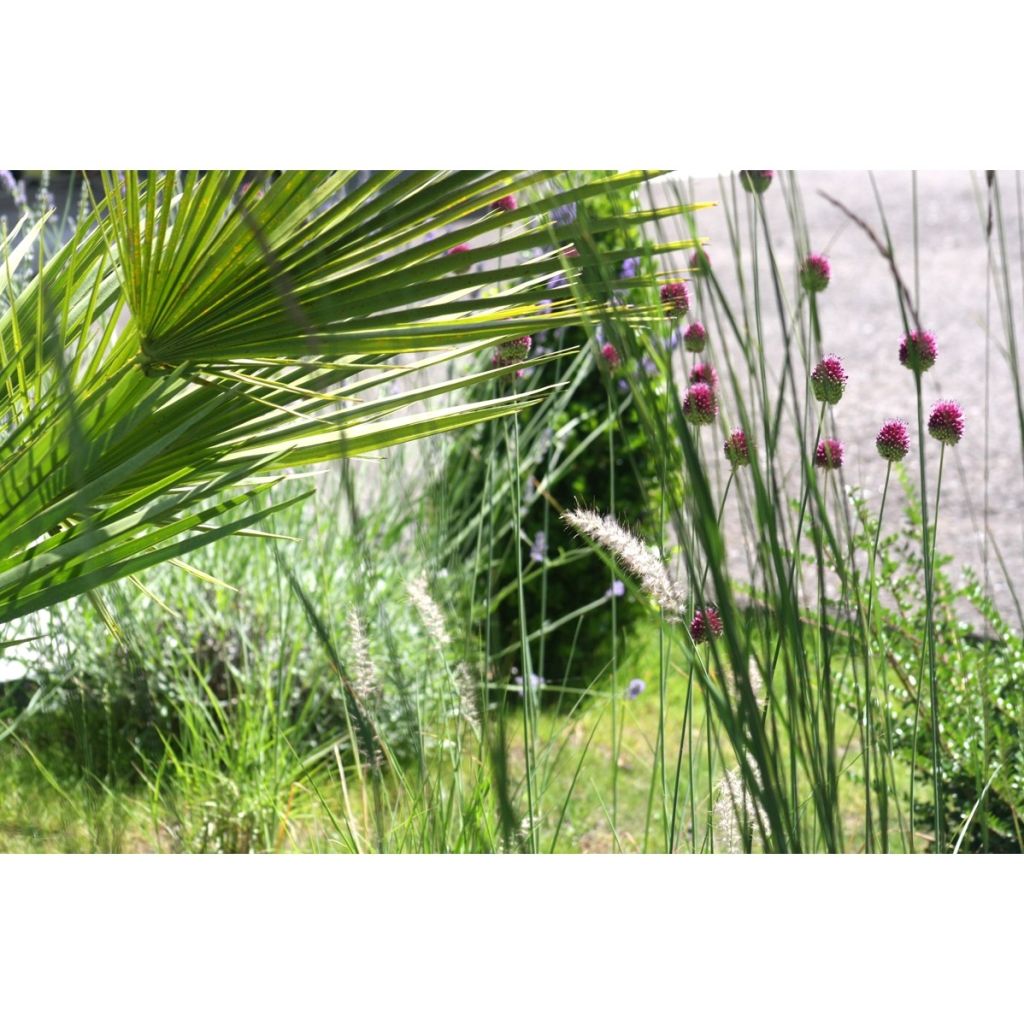

Allium sphaerocephalon
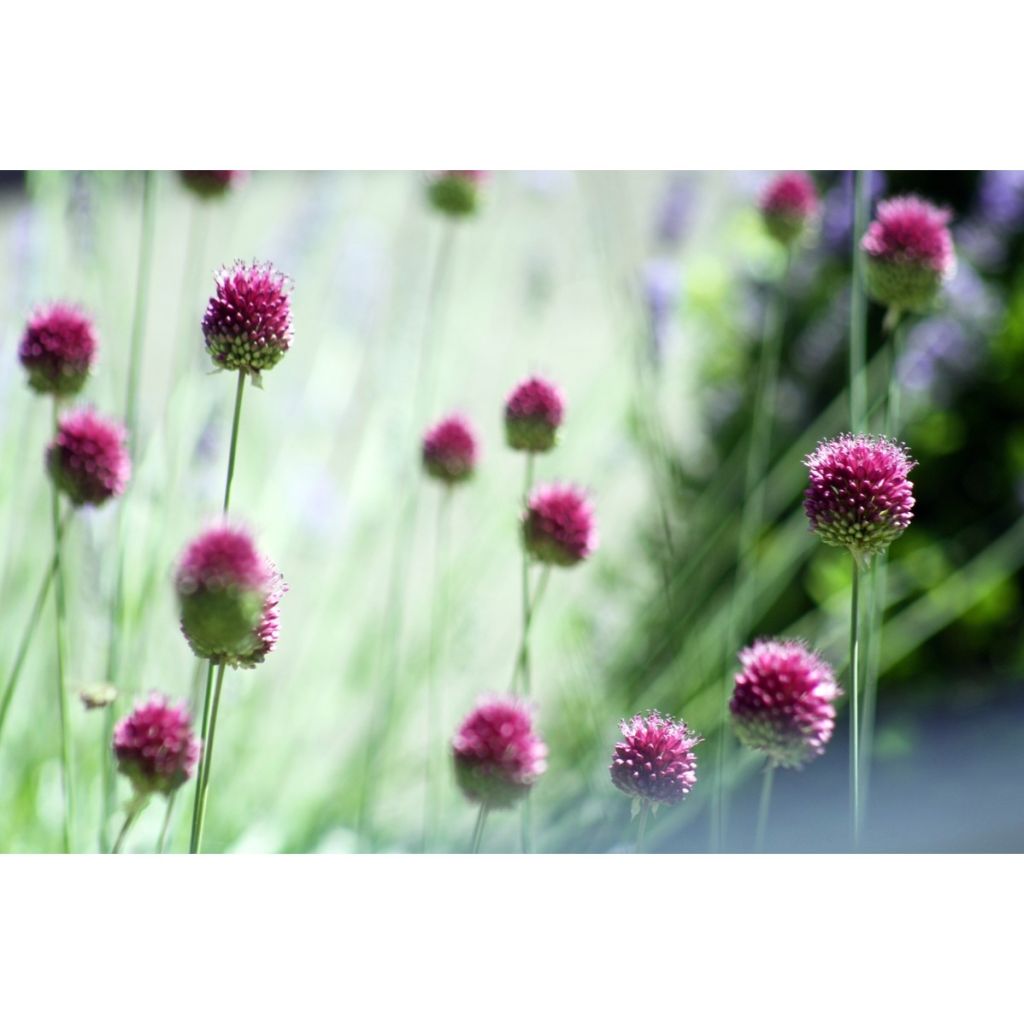

Allium sphaerocephalon


Allium sphaerocephalon
Allium sphaerocephalon
Allium sphaerocephalon
Round-headed leek, Round-headed garlic
Why not try an alternative variety in stock?
View all →This plant carries a 6 months recovery warranty
More information
We guarantee the quality of our plants for a full growing cycle, and will replace at our expense any plant that fails to recover under normal climatic and planting conditions.
From €5.90 for pickup delivery and €6.90 for home delivery
Express home delivery from €8.90.

Does this plant fit my garden?
Set up your Plantfit profile →
Description
Allium sphaerocephalon, also known as round-headed garlic, is a widely spread ornamental garlic in southern Europe, where its pretty pompom-like flowers emerge in early summer from often rocky and somewhat arid landscapes. In the garden, it can be planted in groups in wildflower beds, its flowers forming beautiful dark red spots that enhance all other blooming plants. It can be accompanied by low-growing plants such as germander or perennial geraniums that will cover the base of its stem, which is devoid of leaves during the flowering period.
Allium sphaerocephalon belongs to the Amaryllidaceae family. Originally from central Asia, it is also commonly found in Mediterranean regions, often in hilly or mid-mountain areas, up to 1200m (3937ft) above sea level. It is a hardy botanical species that thrives in the heat of rocky, limestone soils that are dry in summer and well-drained in winter.
This ornamental garlic has an ovoid bulb topped with small bulblets. Its foliage emerges from the ground in autumn or spring. It consists of fine, linear, upright leaves, 30 to 40cm (12t o 16in) long and bright green in colour. It dries up shortly before the appearance of the inflorescence, in June-July, carried at the top of a thin, hollow stem that rises 60 to 70cm (24 to 28in) above the ground. This ovoid-shaped inflorescence, 5cm (2in) in diameter, is an umbel composed of about forty tiny flowers surrounded by coloured membranes (spathes). Their colour is a deep pink, with a purplish or reddish hue. This flowering is quite attractive to bees. The seeds are produced abundantly and self-sow in light soil. All parts of this plant are edible, with the leaves and bulb having a characteristic spicy flavour typical of the allium family, which is appreciated in cooking.
Plant Allium sphaerocephalon in full sun, in well-drained soil, and it will faithfully return each year. Plant it in groups of 3 or 5, nestled among grasses, for a beautiful airy effect. Surrounded by the moving foliage and feathery flowers of grasses, its flowers create a perfect contrast and a charming duo in a dry garden. Tall thistles like Eryngium, Berkheya purpurea or Onopordum also pair well with ornamental garlic, as do Oriental or California poppies. Consider planting your ornamental garlic bulbs among other plants that will cover the space left after they go dormant. The flowers are also very beautiful in bouquets.
Report an error about the product description
Allium sphaerocephalon in pictures


Plant habit
Flowering
Foliage
Botanical data
Allium
sphaerocephalon
Alliaceae - Liliaceae
Round-headed leek, Round-headed garlic
Central Asia
Other Allium
Planting and care
Ideally, plant Allium sphaerocephalon before the end of October so that it has time to establish itself. Very resistant to cold, it fears winter humidity which can be fatal to it. Offer it a sunny spot in well-drained, even stony soil, with a limestone tendency. It will be content if the soil is dry in summer. In heavy soil, add gravel. Plant it 10cm (4in) deep and space it 10cm (4in) apart. Remove faded flowers and optionally fertilise during flowering. However, this species can thrive in relatively poor soil. To prevent white rot, soak the bulbs in a 10% bleach solution. For container cultivation, water regularly as potting soil dries out quickly. After flowering, which corresponds to the bulb's resting period, watering should be greatly reduced.
Planting period
Intended location
Care
-
, onOrder confirmed
Reply from on Promesse de fleurs
Haven't found what you were looking for?
Hardiness is the lowest winter temperature a plant can endure without suffering serious damage or even dying. However, hardiness is affected by location (a sheltered area, such as a patio), protection (winter cover) and soil type (hardiness is improved by well-drained soil).

Photo Sharing Terms & Conditions
In order to encourage gardeners to interact and share their experiences, Promesse de fleurs offers various media enabling content to be uploaded onto its Site - in particular via the ‘Photo sharing’ module.
The User agrees to refrain from:
- Posting any content that is illegal, prejudicial, insulting, racist, inciteful to hatred, revisionist, contrary to public decency, that infringes on privacy or on the privacy rights of third parties, in particular the publicity rights of persons and goods, intellectual property rights, or the right to privacy.
- Submitting content on behalf of a third party;
- Impersonate the identity of a third party and/or publish any personal information about a third party;
In general, the User undertakes to refrain from any unethical behaviour.
All Content (in particular text, comments, files, images, photos, videos, creative works, etc.), which may be subject to property or intellectual property rights, image or other private rights, shall remain the property of the User, subject to the limited rights granted by the terms of the licence granted by Promesse de fleurs as stated below. Users are at liberty to publish or not to publish such Content on the Site, notably via the ‘Photo Sharing’ facility, and accept that this Content shall be made public and freely accessible, notably on the Internet.
Users further acknowledge, undertake to have ,and guarantee that they hold all necessary rights and permissions to publish such material on the Site, in particular with regard to the legislation in force pertaining to any privacy, property, intellectual property, image, or contractual rights, or rights of any other nature. By publishing such Content on the Site, Users acknowledge accepting full liability as publishers of the Content within the meaning of the law, and grant Promesse de fleurs, free of charge, an inclusive, worldwide licence for the said Content for the entire duration of its publication, including all reproduction, representation, up/downloading, displaying, performing, transmission, and storage rights.
Users also grant permission for their name to be linked to the Content and accept that this link may not always be made available.
By engaging in posting material, Users consent to their Content becoming automatically accessible on the Internet, in particular on other sites and/or blogs and/or web pages of the Promesse de fleurs site, including in particular social pages and the Promesse de fleurs catalogue.
Users may secure the removal of entrusted content free of charge by issuing a simple request via our contact form.
The flowering period indicated on our website applies to countries and regions located in USDA zone 8 (France, the United Kingdom, Ireland, the Netherlands, etc.)
It will vary according to where you live:
- In zones 9 to 10 (Italy, Spain, Greece, etc.), flowering will occur about 2 to 4 weeks earlier.
- In zones 6 to 7 (Germany, Poland, Slovenia, and lower mountainous regions), flowering will be delayed by 2 to 3 weeks.
- In zone 5 (Central Europe, Scandinavia), blooming will be delayed by 3 to 5 weeks.
In temperate climates, pruning of spring-flowering shrubs (forsythia, spireas, etc.) should be done just after flowering.
Pruning of summer-flowering shrubs (Indian Lilac, Perovskia, etc.) can be done in winter or spring.
In cold regions as well as with frost-sensitive plants, avoid pruning too early when severe frosts may still occur.
The planting period indicated on our website applies to countries and regions located in USDA zone 8 (France, United Kingdom, Ireland, Netherlands).
It will vary according to where you live:
- In Mediterranean zones (Marseille, Madrid, Milan, etc.), autumn and winter are the best planting periods.
- In continental zones (Strasbourg, Munich, Vienna, etc.), delay planting by 2 to 3 weeks in spring and bring it forward by 2 to 4 weeks in autumn.
- In mountainous regions (the Alps, Pyrenees, Carpathians, etc.), it is best to plant in late spring (May-June) or late summer (August-September).
The harvesting period indicated on our website applies to countries and regions in USDA zone 8 (France, England, Ireland, the Netherlands).
In colder areas (Scandinavia, Poland, Austria...) fruit and vegetable harvests are likely to be delayed by 3-4 weeks.
In warmer areas (Italy, Spain, Greece, etc.), harvesting will probably take place earlier, depending on weather conditions.
The sowing periods indicated on our website apply to countries and regions within USDA Zone 8 (France, UK, Ireland, Netherlands).
In colder areas (Scandinavia, Poland, Austria...), delay any outdoor sowing by 3-4 weeks, or sow under glass.
In warmer climes (Italy, Spain, Greece, etc.), bring outdoor sowing forward by a few weeks.

































